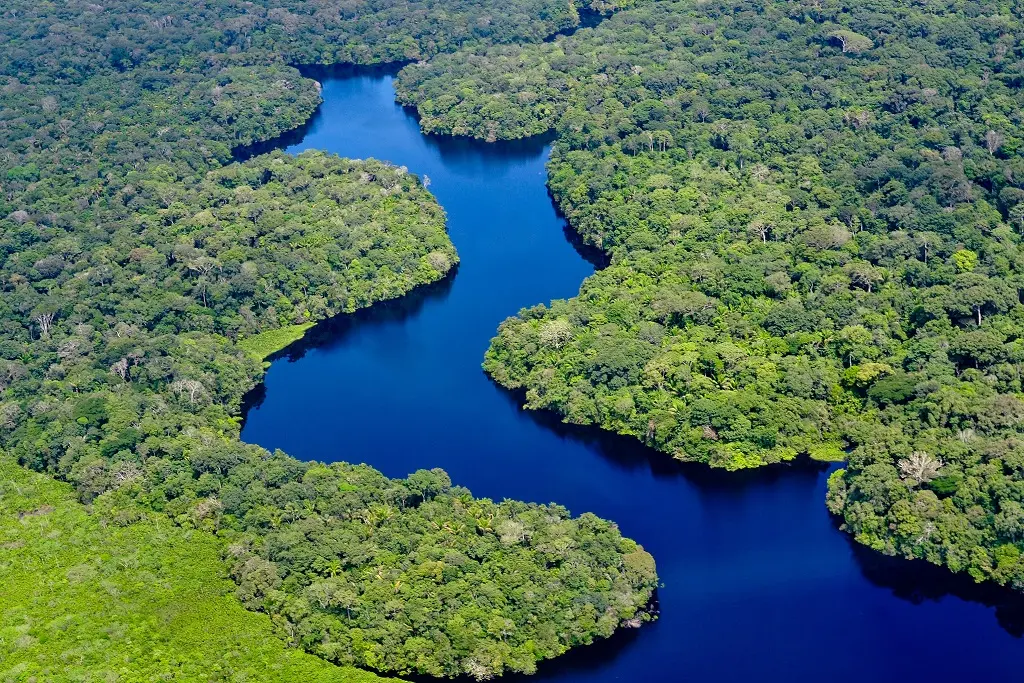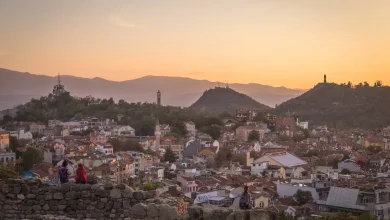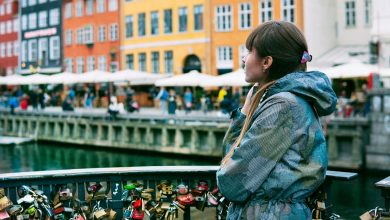
Salvador:
Salvador Is A City Located In The Northeastern Region Of Brazil And Is The Capital Of The State Of Bahia.
It Is Known For Its Rich Afro-brazilian Culture, Beautiful Colonial-era Architecture, And Vibrant Music And Festivals.
One Of The Most Notable Features Of Salvador Is Its Historic Center, Known As Pelourinho, Which Is A Unesco World Heritage Site.
The Area Is Filled With Colorful Colonial-era Buildings And Cobblestone Streets, And Is Home To Many Museums, Churches, And Cultural Centers.
The City Is Also Known For Its Afro-brazilian Culture, Which Is Reflected In Its Music, Dance, And Cuisine.
Salvador Is Also Famous For Its Carnival, Which Is Considered One Of The Largest And Most Famous In The World.
The Event Features Elaborate Costumes, Parades, And Live Music, And Is A Major Draw For Tourists.
The City Is Also Home To Many Other Festivals And Cultural Events Throughout The Year, Such As The Festival De Verão De Salvador, The Festival De Jazz De Salvador, And The Festival De Teatro De Salvador.
In Addition To Its Culture And Festivals, Salvador Also Offers Many Other Tourist Attractions, Such As Its Beaches, Such As Porto Da Barra And Itapuã, And Its Historic Forts, Such As Forte Santa Maria And Forte De São Diogo.
The City Also Offers Opportunities For Eco-tourism, Such As Visiting The Mangroves In The Bay Of All Saints.

Iguaçu Falls:
Iguaçu Falls, Also Known As The Iguazu Falls Or The Iguassu Falls, Is A Stunning Natural Wonder Located On The Border Of The Brazilian State Of Paraná And The Argentine Province Of Misiones.
The Falls Are Part Of The Iguaçu River And Are Considered One Of The Largest And Most Spectacular Waterfall Systems In The World.
The Falls Are Made Up Of 275 Individual Falls, With The Largest, The Devil’s Throat, Standing At 82 Meters (269 Feet) Tall.
The Total Width Of The Falls Is Around 2.7 Kilometers (1.67 Miles) And The Average Flow Rate Is Around 1,500 Cubic Meters (52,800 Cubic Feet) Per Second.
Visitors Can Take A Variety Of Trails That Offer Different Perspectives Of The Falls, Including The Upper Circuit, The Lower Circuit And The Devil’s Throat Circuit.
The Iguaçu Falls Are Also Home To A Diverse Range Of Wildlife, Including Monkeys, Toucans, And Coatis, As Well As Many Species Of Butterflies And Other Insects.
The Area Is Also A Unesco World Heritage Site And A National Park, Preserving The Natural Beauty Of The Falls And The Surrounding Wildlife.

The Amazon Rainforest:
The Amazon Rainforest, Also Known As The Amazon Jungle Or The Amazonia, Is A Vast Tropical Rainforest Located In The Northern Part Of South America, Covering Parts Of Brazil, Colombia, Peru, Ecuador, And Other Countries.
The Forest Is Home To A Vast Array Of Plant And Animal Species, Many Of Which Are Found Nowhere Else In The World.
The Amazon Rainforest Is The Largest Tropical Rainforest In The World, Covering An Area Of Over 5.5 Million Square Kilometers (2.1 Million Square Miles).
It Is Also One Of The Most Biodiverse Places On Earth, With An Estimated 400 Billion Individual Plants And Animals Living Within Its Boundaries.
Some Of The Most Well-known Species That Can Be Found In The Amazon Include The Jaguar, The Pink Dolphin, The Piranha, The Anaconda, And The Toucan.
The Amazon Rainforest Is Also Home To Many Indigenous Communities, Who Have Lived In Harmony With The Forest For Generations.
These Communities Have A Deep Knowledge Of The Forest And Its Resources, And They Have Developed A Unique Relationship With The Environment.
The Amazon Rainforest Also Plays A Crucial Role In Regulating The Earth’s Climate And Weather Patterns, As Well As Being A Vital Carbon Sink.
Visitors To The Amazon Rainforest Can Take Part In A Wide Range Of Activities, Such As Hiking And Camping, Wildlife Watching, And Visiting Indigenous Communities.
There Are Also A Variety Of Tour Operators That Offer Guided Tours And Excursions To The Rainforest, Including River Cruises And Jungle Lodges.





